Cancer Risk Calculator: Calculate Your Risk In 2 Minutes
By understanding cancer's causes, recognizing symptoms early, and adopting preventative measures, you can reduce your risk significantly.
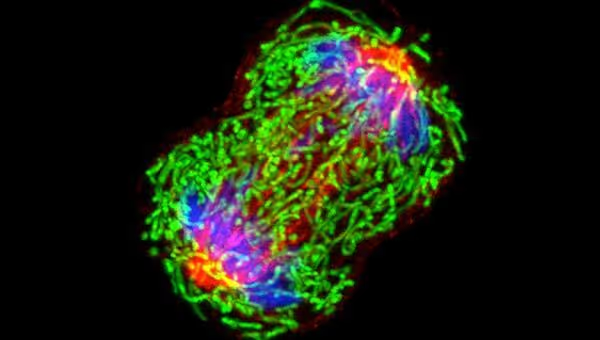
Cancer is one of the most significant health challenges today. It affects millions globally and remains a leading cause of death. However, the growing understanding of cancer’s causes, symptoms, and prevention offers hope. By taking proactive measures, we can reduce risks, detect issues early, and improve outcomes.
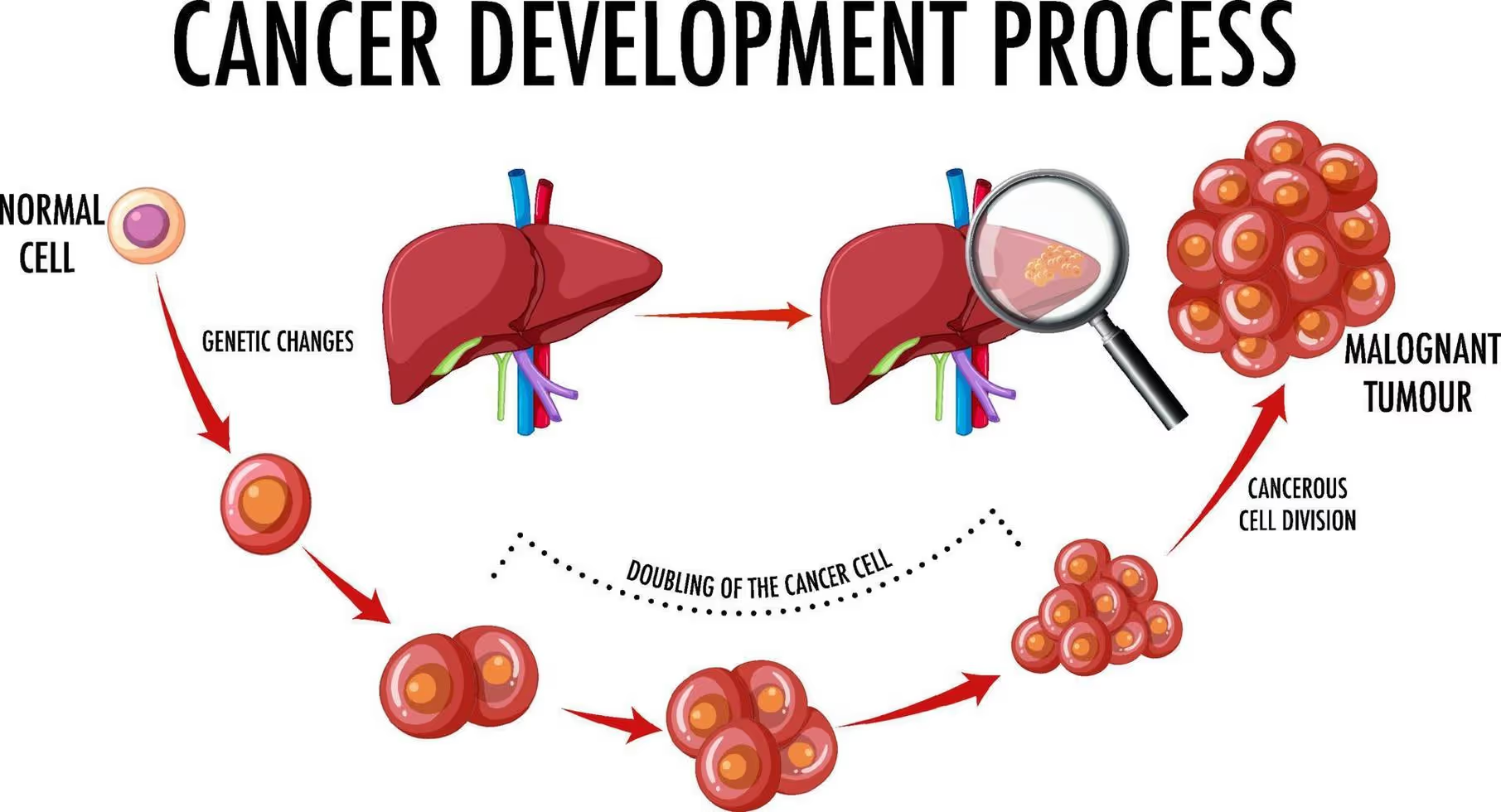
Cancer develops when abnormal cells grow and divide uncontrollably, forming tumours or spreading throughout the body. Some cancers form solid tumours, while others, like leukaemia, affect the blood and bone marrow without creating masses. Understanding the distinct ways cancer manifests is essential for developing targeted treatments.
Cancer cells are abnormal cells that have undergone significant changes in their structure and function. They differ from normal cells in several key ways:
Cancer cells can arise from normal cells through a process called carcinogenesis, which involves the accumulation of genetic mutations and epigenetic changes over time. This process can be influenced by various factors, including environmental exposures, lifestyle choices, and genetic predisposition.
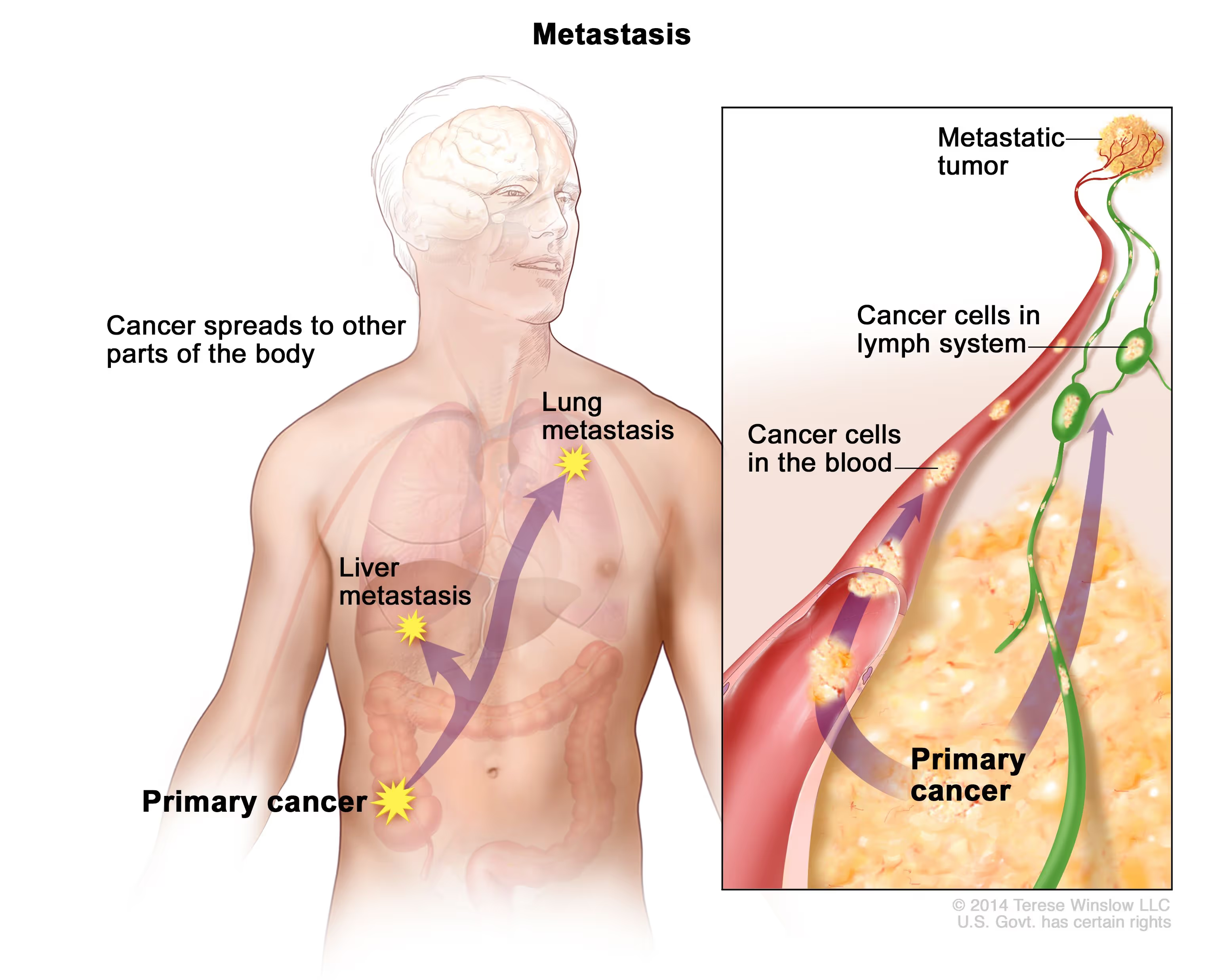
Metastasis occurs when cancer cells break away from the original tumour and travel through the bloodstream or lymphatic system to other parts of the body. Common sites of metastasis include the lungs, liver, bones, and brain. This process complicates treatment and significantly impacts prognosis.
Research shows that the metastatic process relies on certain genetic and molecular mechanisms, which may provide opportunities for targeted therapies in the future. Advanced imaging techniques like PET scans help identify metastatic sites early, improving treatment options.
There are more than 100 types of cancer, but they can be broadly categorised as:
These categories help guide treatment decisions, as each type responds differently to therapies like surgery, radiation, and chemotherapy.

Early detection of cancer can significantly improve outcomes. Symptoms often vary depending on the type and location of cancer, but there are general warning signs to watch for. Discussing cancer screening tests with your doctor is crucial for early detection and prevention, even if you do not have any symptoms.
Certain cancers have hallmark symptoms that warrant immediate medical attention:
Understanding these symptoms empowers individuals to seek medical advice promptly, improving the chances of early detection and successful treatment.
Cancer results from genetic mutations, which can cause individuals to develop cancer. The triggers for these mutations can vary widely. Some factors are inherited, while others stem from lifestyle or environmental exposures.
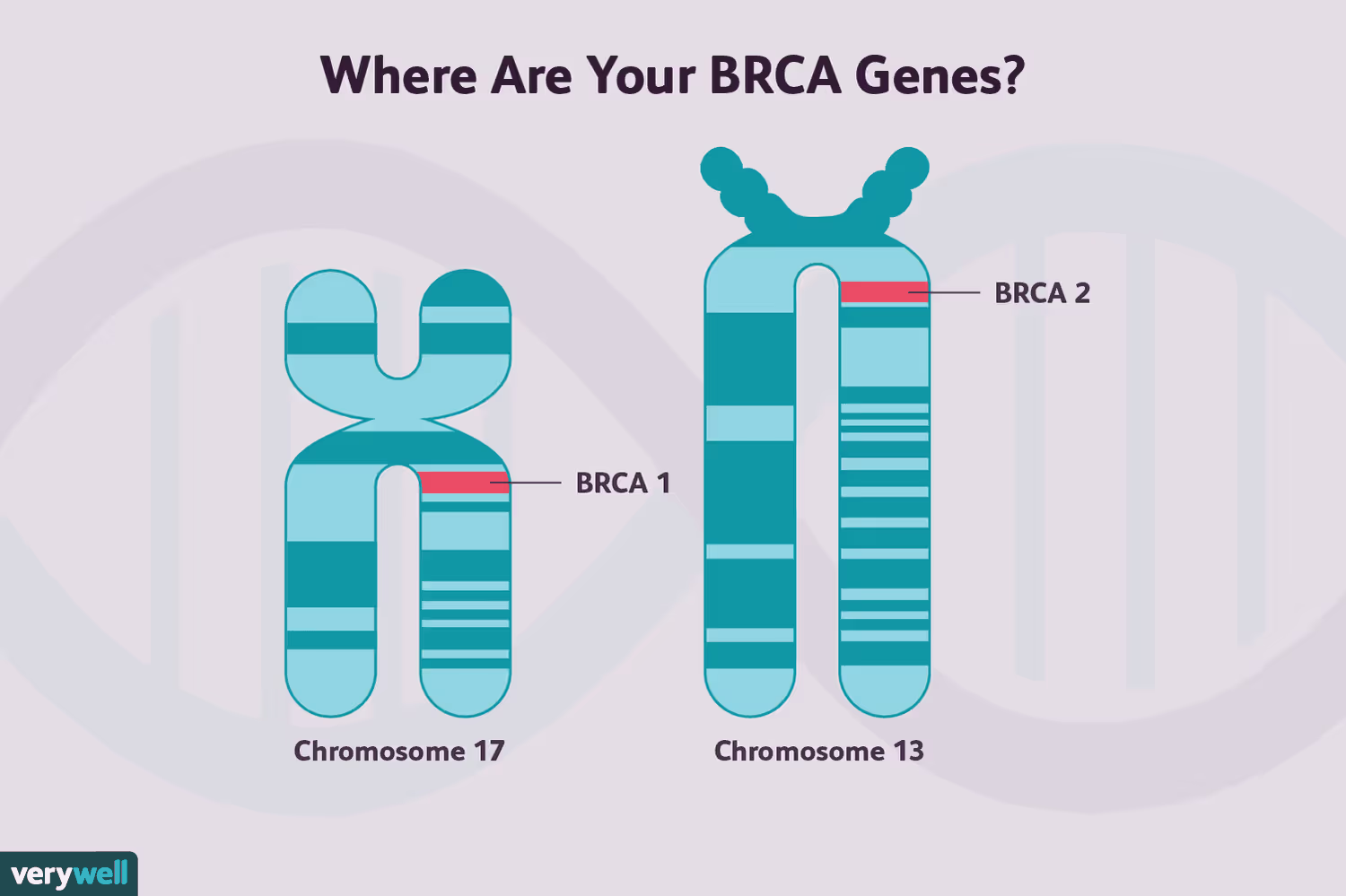
Genetic mutations play a significant role in cancer development. Tumour suppressor genes, which control cell growth and division, can malfunction due to inherited or acquired mutations. For instance, mutations in the BRCA1 and BRCA2 genes significantly increase the risk of breast and ovarian cancers.
Emerging research highlights epigenetic changes—modifications that influence gene expression without altering DNA sequences—as critical in cancer development. Understanding these changes could pave the way for novel therapies.
Certain infections are linked to cancer development:
The World Health Organization estimates that up to 50% of cancers are preventable through lifestyle changes and early detection.
1. Avoid Tobacco: Quitting smoking can reduce cancer risk significantly. The benefits begin almost immediately after quitting, regardless of how long you’ve smoked. Tobacco cessation programs and nicotine replacement therapies can help individuals quit effectively.
2. Improve Your Diet:
3. Stay Active
4. Protect Your Skin
5. Limit Alcohol Consumption: Follow the Australian guidelines of no more than 10 standard drinks per week, with at least two alcohol-free days. Reducing alcohol intake also improves overall health and well-being.
6. Get Vaccinated: Vaccines like the HPV and hepatitis B vaccines protect against virus-linked cancers.
7. Regular Screenings: Screenings help detect cancers before symptoms appear. Common screenings include:
Advanced imaging technologies like low-dose CT scans for lung cancer in high-risk individuals are becoming more accessible and effective.
Early and accurate diagnosis is crucial for effective cancer treatment. Here are some common diagnostic methods:
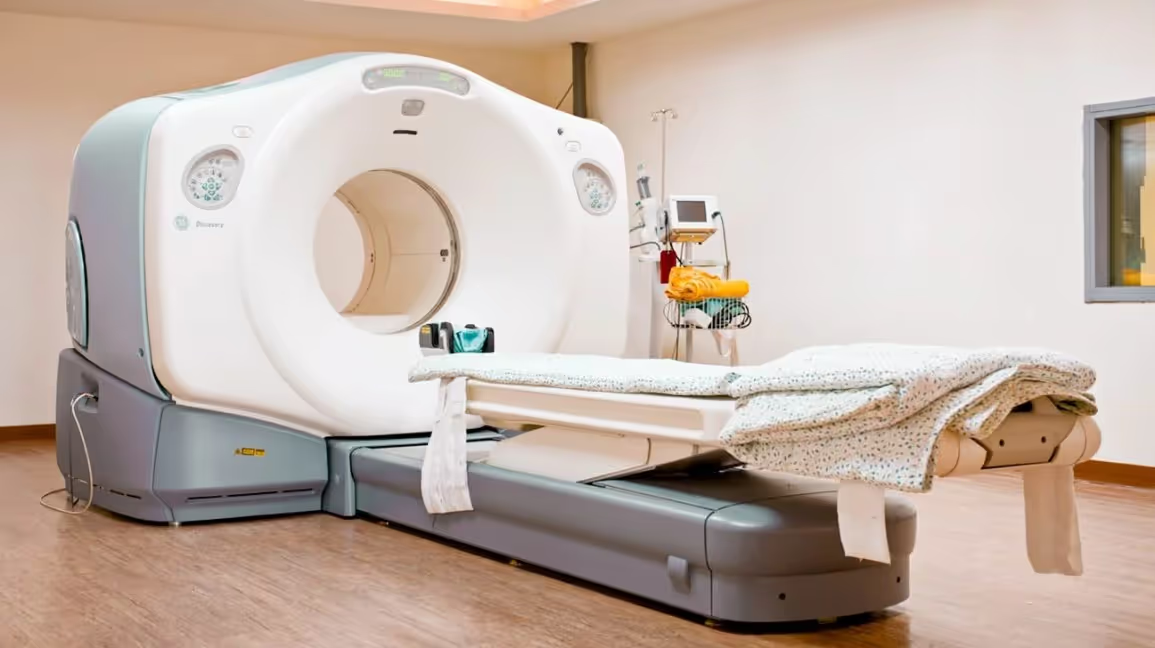
Blood Tests:
Biopsies:
At Everlab, our state-of-the-art testing evaluates over 100 biomarkers. By analysing your blood, scans, and physical data, we provide insights that typical check-ups often miss. Our approach emphasises early detection and preventative care, empowering individuals to take control of their health.
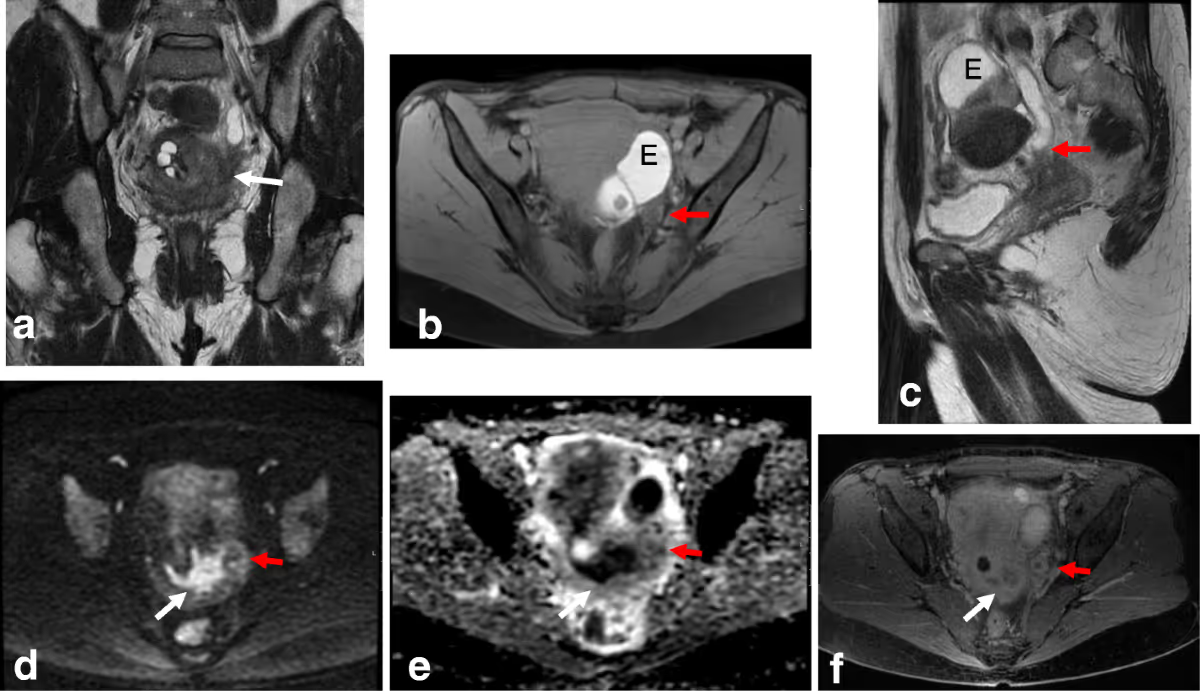
If a diagnosis is confirmed, the following steps are essential:
While stress itself doesn’t directly cause cancer, chronic stress weakens the immune system and can lead to unhealthy habits like smoking or overeating, which increase risk. Stress management techniques like meditation and exercise can mitigate these effects.
Cancer staging describes how far the disease has progressed:
Cancer development varies by type. Some cancers grow slowly over decades (e.g., prostate cancer), while others progress rapidly (e.g., aggressive forms of leukaemia).
No. Benign tumours are non-cancerous and usually don’t spread, but they can still cause health issues by pressing on surrounding tissues.
While diet is a key factor in reducing cancer risk, it should be combined with other preventative measures like exercise, avoiding tobacco, and regular screenings.
Cancer doesn’t have to be an inevitable part of life. By understanding its causes, recognising symptoms early, and adopting preventative measures, you can reduce your risk significantly. At Everlab, we use cutting-edge diagnostics and personalised care to reduce your risk of diseases like cancer, heart disease, diabetes and more before they happen.




Join 1000's of Australians improving their health with proactive, personalised healthcare.